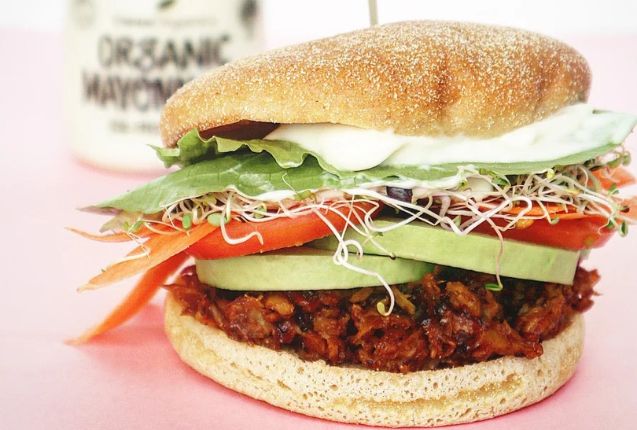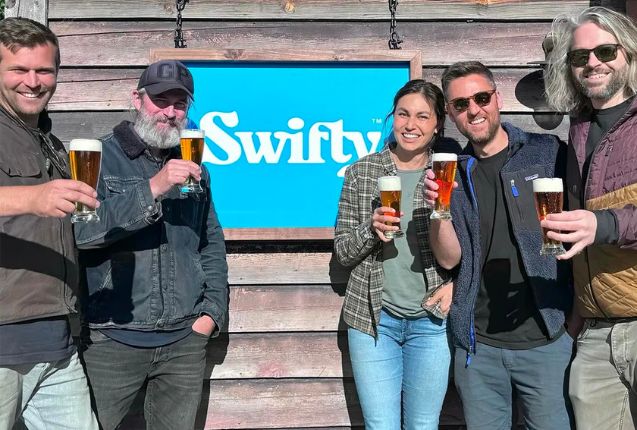The major challenge we face as an industry today is that consumers are always several steps ahead of us. And the gap is only widening, fuelled by technology, availability of products and diverse consumer needs. As noted journalist Graeme Wood put it, “change has never happened this fast before, and it will never be this slow again.”
Innovation is the spark plug
For 2019, the IRI inaugural New Product Pacesetters New Zealand study shows a consumer goods market overflowing with innovation, yet with narrow parameters of success. Well over 7,000 new pre-packaged grocery products were launched in the year to June 2019. Of these, we identified 133 brands as New Product Pacesetters (NPP), made up by just over 700 products. Innovation is having a significant impact on the market with the NPPs contributing $226 million in their first 52 weeks. By comparison, pre-packaged branded grocery growth to June 30 2019 was $325 million.
Just 10 of these NPPs went on to achieve sales over $5 million. Success, then, is elusive. Which makes it even more important to understand the attributes shared by successful products. What trends are they delivering on? Where are they coming from? How much relative value do they create? This is where things get really interesting.
Large companies in the fast lane, but…
Looking at the Pacesetter companies, 68% of them have sales of more than $10 million. These large companies contribute 86% of total NPP value sales. The sheer scale of these companies provides the ability to gain rapid distribution and create excitement in the marketplace. This would seem like a win, for the big end of town. Except… looking to the United States IRI NPP report, small companies continue to make gains as their share of NPP has moved from 12% to 27% since 2013.
Of course it’s not all bad news for bigger, more-established companies. In fact they dominate our top-ten in Non-food and Food & Beverage categories alike with big names such as Fonterra, Griffins, Coca-Cola, Goodman Fielder, Kimberly Clark, Reckitt Benkiser and Nestle.
Brand new brands make inroads
Looking to the well-established, sought-after United States NPP that the New Zealand study is modelled on, new brands have made massive inroads into the product innovation space. And the trend is with them. In the United States in 2013, only 7% of non-food NPPs were brand new brands: a figure that has grown relentlessly every year, to 28% in 2018. This year’s New Zealand data largely mirrors this result: 29% of NPPs were brand new brands. In NZ’s food and beverage category, brand new brands are making even more headway – 40% vs. 32% in the United States.
It seems the closeness-to-market and agility that typify entrepreneurial new brands is paying dividends in innovation, with 41% of NPP value sales coming from New Zealand manufacturers.
So what are the top NPPs, here in NZ?


The NPPs this year are a mix of brand new brands, brand extensions within a category and existing brand launches into new categories, all with first-52 weeks sales greater than $400K. Flavour extensions, private label and tobacco are excluded. There are a mix of re-introductions such as Anchor Cheese, brand change-overs such as Live+ and re-formulations such as Primo and Mammoth UHT.
Hitting the mark
The ‘fit’ between identifiable consumer desires and new product launches is what New Product Pacesetters is all about. After reviewing the NPPs, three big themes have emerged. While not necessarily new trends, they do represent a lot of innovation and definitely reflect the times we live in.
- Experimental: indulgent, experiential, sensorial and fun
- Performance: premium, quality and authenticity
- Better: healthy convenience, natural and local
Kaló is one NPP that exemplifies the intersection of these three consumer themes. It delivers on permissible indulgence in the premium ‘authentic’ Greek style segment. Marketing call-outs communicate trending better-for-you cues: high protein, low fat, no added sugar, back-to-basics with minimal processing. And it created a strong brand personality, promising a fun, sensorial experience through the “Hey Gwyneth” campaign and local TV personalities.
It’s just one example in the NPP study that shows now the ever-present need to keep up with the pace of change to meet tomorrow’s market potential. It clearly demonstrates that knowing your market is a prerequisite to growing your market. As KK Davey, IRI’s President of Strategic Analytics points out, “CPG companies winning in today’s marketplace act on consumer trends influencing purchase behaviour.”
To learn more about IRI consulting, analytics and reporting, including 2019’s New Product Pacesetters, visit iriworldwide.com or email samantha.Firsow@iriworldwide.co.nz.
Source: IRI Analysis, IRI MarketEdge, IRI first complete year of sales to June 30, 2019
By Samantha Firsow, IRI Consultant – Consumer & Shopper Insights



